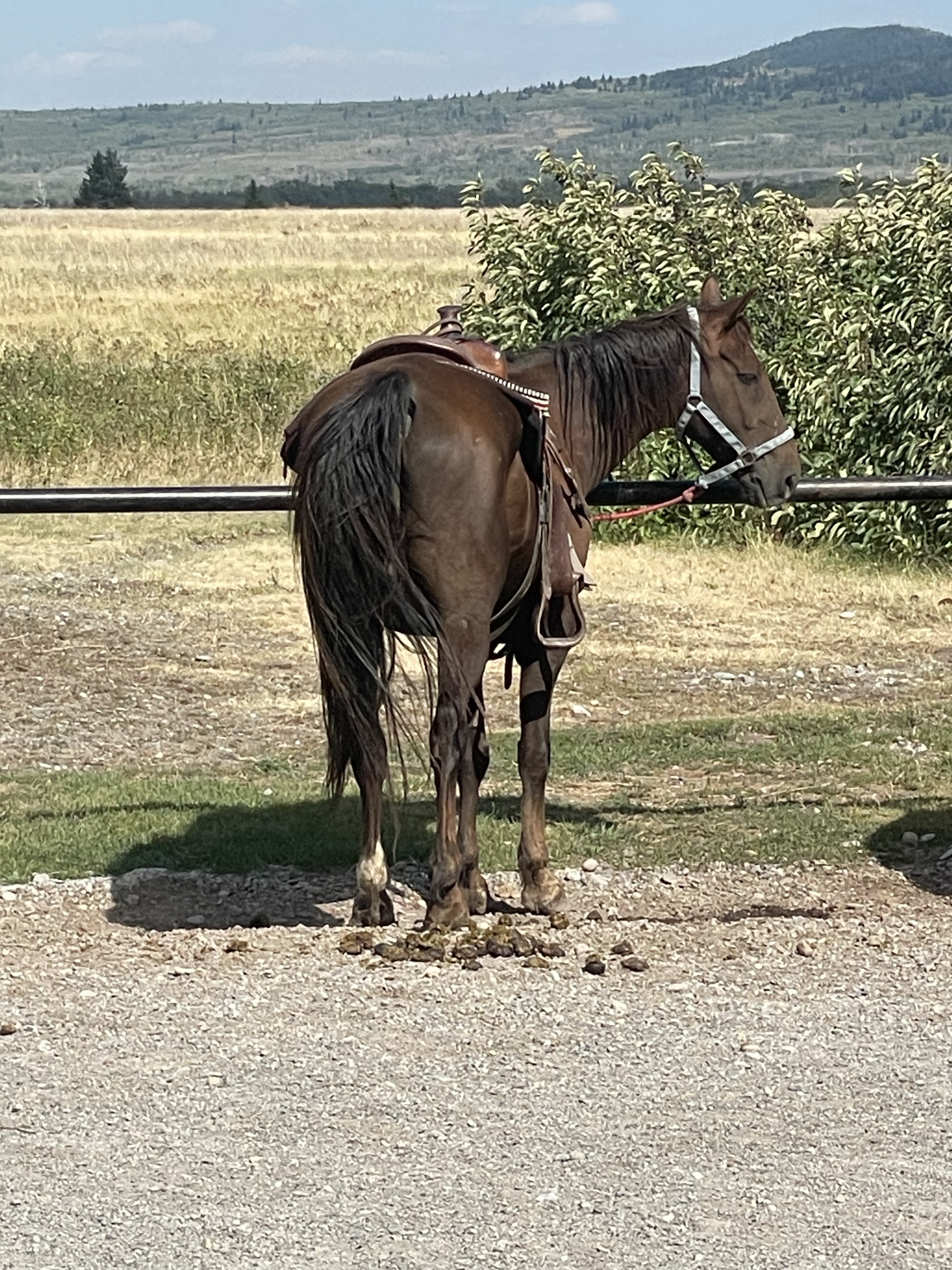If you’re a bartender or a cocktail enthusiast with a passion for mixing drinks, you’ve probably heard of the Clover Club. This pink-hued, silky-smooth, raspberry cocktail is a pre-Prohibition classic that has stood the test of time. It’s elegant, balanced, and just a little bit playful—perfect for both modern cocktail menus and home entertaining. By now you know that I love a sour cocktail and a classic gin cocktail so naturally I’m diving deep into the Clover Club: its history, recipe, the ingredients that make it shine, and how you can master it behind the bar or in your home setup. Let’s shake things up!
As an Amazon Associate this page may contain affiliate links. This means I earn a small commission if you purchase a product at no extra cost to you! I only link products I trust so you can shop with piece of mind 🙂
The Birth of the Clover Club: A Philadelphia Icon
The Clover Club cocktail takes its name from the Clover Club of Philadelphia, a prestigious men’s club founded in 1882. Situated in the Bellevue-Stratford Hotel, the club served as a hub for the city’s elite—specifically, lawyers, politicians, journalists, and businesspeople. Indeed, these were the movers and shakers of their time; consequently, the Clover Club became their playground.
The club was known for its lavish dinners, lively debates, and, of course, its drinks. It was a place where deals were made, ideas were exchanged, and friendships were forged. The Clover Club cocktail was born in this environment, likely created by one of the club’s bartenders as a signature drink for its members. While the exact origin story is a bit hazy (as is the case with many classic cocktails), what’s clear is that the drink quickly became synonymous with the club itself.
The Golden Age of Cocktails
The late 19th and early 20th centuries were a golden age for cocktails in America. Bartenders were experimenting with new ingredients and techniques, and the cocktail culture was thriving. The Clover Club appeared during this era, alongside other classics like the Martini, the Manhattan, and the Old Fashioned.
What set the Clover Club apart was its use of raspberry syrup and egg white. At the time, egg whites were a relatively new addition to cocktails, used primarily to add texture and visual appeal. The raspberry syrup, meanwhile, gave the drink a unique sweetness and a striking pink hue that made it stand out in a sea of brown and clear drinks.
Prohibition and the Decline of the Clover Club
Like many cocktails of its time, the Clover Club fell out of favor during Prohibition (1920-1933). The nationwide ban on alcohol forced bars and clubs to close, and the art of cocktail-making went underground. The Clover Club, with its refined ingredients and sophisticated profile, didn’t fit well into the speakeasy culture, which favored simpler, stronger drinks that could mask the taste of poorly made bootleg liquor.
After Prohibition ended, the Clover Club struggled to regain its former glory. Tastes had changed, and the cocktail was seen as old-fashioned. It didn’t help that the original Clover Club disbanded in the 1920s, taking some of the drink’s cultural cachet with it.
The Clover Club’s Revival
Fast forward to the early 2000s, and the Clover Club began to make a comeback, thanks to the craft cocktail movement. Bartenders and historians started digging into old cocktail books and rediscovering forgotten gems. The Clover Club was one of them.
One of the key figures in the drink’s revival was Julie Reiner, a renowned bartender and owner of the Clover Club bar in Brooklyn, New York. When Reiner opened her bar in 2008, she named it after the classic cocktail as a nod to its history and elegance. Her version of the drink stayed true to the original while incorporating modern techniques and high-quality ingredients. The bar quickly became a hotspot for cocktail enthusiasts, and the Clover Club cocktail once again found its place in the spotlight.
Fun Facts About the Clover Club
- A Drink for the Elite (and the Rebellious)
While the Clover Club was originally a men’s club, the cocktail itself was enjoyed by everyone, including women. In fact, the drink’s pink color and fruity flavor made it a favorite among female drinkers, which was somewhat rebellious at a time when women’s drinking habits were heavily scrutinized. - A Star in Print
The Clover Club cocktail was featured in several early cocktail books, including Hugo Ensslin’s Recipes for Mixed Drinks (1916) and Harry Craddock’s The Savoy Cocktail Book (1930). These books helped preserve the recipe for future generations. - A Global Influence
The Clover Club’s influence extended beyond the United States. In the early 20th century, it was served in bars and hotels across Europe, where it was appreciated for its sophistication and unique flavor profile. - A Symbol of Resilience
The Clover Club’s journey from obscurity to revival is a testament to the enduring appeal of well-crafted cocktails. It’s a reminder that great drinks never truly go out of style—they just need the right moment to shine again.
Why the Clover Club Matters Today
The Clover Club is more than just a cocktail; it’s a piece of history that connects us to a bygone era. It’s a reminder of a time when cocktails were crafted with care and creativity, and when bars and clubs were places of community and connection. For bartenders, the Clover Club is a chance to showcase your skills and pay homage to the pioneers of mixology. For home enthusiasts, it’s an opportunity to step into the shoes of a Gilded Age bartender and experience a taste of history.
The ingredients: What Makes the Clover Club Special
The Clover Club is a simple cocktail, but each ingredient plays a crucial role in creating its signature taste and texture. Let’s break it down:
Gin
The base spirit of the classic Clover Club is gin, and choosing the right one for this recipe is key. I recommend a London Dry Gin for its crisp, juniper-forward profile. Try using:
- Beefeater: A well-known brand of gin that originates from London, recognized for its distinct flavor profile which combines various botanicals, making it a popular choice for both classic and modern cocktails.
- Tanqueray: A renowned gin brand known for its distinctive flavor profile, which is crafted from a blend of botanicals, including juniper, coriander, and angelica root, creating a refreshing and aromatic spirit.
- Chase GB London Dry Gin: is a premium spirit that exemplifies the classic London dry style, known for its vibrant juniper flavor, balanced botanical notes, and a crisp, refreshing finish, making it an excellent choice for a variety of cocktails and mixed drinks.
Raspberry Syrup
Raspberry syrup is what gives the Clover Club its iconic pink colour and fruity sweetness. You can buy pre-made syrups, but I highly recommend making your own. It’s easy: combine equal parts sugar and water, add fresh raspberries, and simmer until the berries break down. Strain, and you’ve got a vibrant, flavourful syrup that elevates the drink. Click here for the full sugar syrup recipe.
Fresh Lemon Juice
Freshly squeezed lemon juice is non-negotiable. It adds the necessary acidity to balance the sweetness of the raspberry syrup. Bottled lemon juice just won’t cut it—trust me, the difference is night and day. If you want to know more about fresh vs bottled read here.
Egg White
Egg white is the secret weapon of the Clover Club. It creates that velvety foam on top and gives the drink a luxurious mouthfeel. For a vegan alternative you can use aquafaba or find more options here.
Dry Vermouth (Optional)
Some recipes call for a splash of dry vermouth to add complexity. While this isn’t traditional, it’s a fun addition if you want to experiment. Dolin Dry Vermouth is a great choice and has this effect:
- Flavour: The vermouth adds a subtle herbal and floral note that complements the gin’s botanicals. It also softens the sweetness of the raspberry syrup, creating a more balanced drink.
- Texture: Vermouth has a slightly viscous quality that can enhance the silky texture created by the egg white.
- Aroma: The botanicals in the vermouth add an extra layer of aroma, making the drink even more enticing.
Classic Clover Club Recipe

Equipment
- 1 Jigger
- 1 Ice
Ingredients
- 2 oz 60 ml London Dry Gin
- 0.75 oz 22 ml fresh lemon juice
- 0.5 oz 15 ml raspberry syrup
- 1 egg white
- Dry vermouth optional, 0.25 oz or 7.5 ml
Instructions
- Add all the ingredients to a shaker. If you’re using dry vermouth, include it here.
- Dry shake (shake without ice) for about 15 seconds to emulsify the egg white.
- Add ice and shake again for another 10-15 seconds until well-chilled.
- Double strain into a chilled coupe glass. This ensures a smooth, silky texture.
- Garnish with a few fresh raspberries or a lemon twist.
Functional Applications Behind the Bar
Now that you know the Clover Club recipe, as a bartender, the Clover Club is a fantastic addition to your repertoire. Here’s why:
Versatility
- The Clover Club works in almost any setting. It’s elegant enough for upscale cocktail bars but approachable enough for casual spots. Plus, its vibrant colour makes it a showstopper on any menu.
Batch ability
- Need to prep for a busy night? The Clover Club can be batched. Simply combine the gin, lemon juice, and raspberry syrup in advance. When it’s time to serve, shake with egg white and ice.
Customisation
- The Clover Club is a great canvas for experimentation. Swap the gin for vodka or tequila or try different fruit syrups like strawberry or blackberry. You can even add a dash of bitters for extra depth.
Customer Appeal
- Let’s face it: people love Instagram-worthy drinks. The Clover Club’s pink hue and frothy top make it a natural choice for social media-savvy customers.
Start Shaking
So, what are you waiting for? Whether you’re behind the bar or mixing drinks at home, the Clover Club is a must-try. It’s a cocktail that combines history, flavour, and technique in one elegant package. If you’re a bartender, add it to your menu and watch it become a customer favourite. If you’re a home enthusiast, impress your friends with your newfound mixology skills. Either way, the Clover Club is a drink that’s as fun to make as it is to drink.
And hey, if you’ve got your own twist on the Clover Club recipe, I’d love to hear about it. Drop a comment or tag me on social media with your creations. Let’s keep the conversation—and the cocktails—flowing!
To Conclude
The Clover Club is so much more than just a classic gin cocktail. Now a piece of history that continues to inspire bartenders around the world today. With its perfect balance of sweet, sour, and silky textures, it’s no wonder this drink has endured for over a century.
So, grab your shaker, pick up some fresh raspberries, and give the Clover Club a try. Whether you’re serving it to a room full of guests or enjoying it solo after a long shift, this cocktail is sure to bring a little sparkle to your day. Cheers!














From visitors